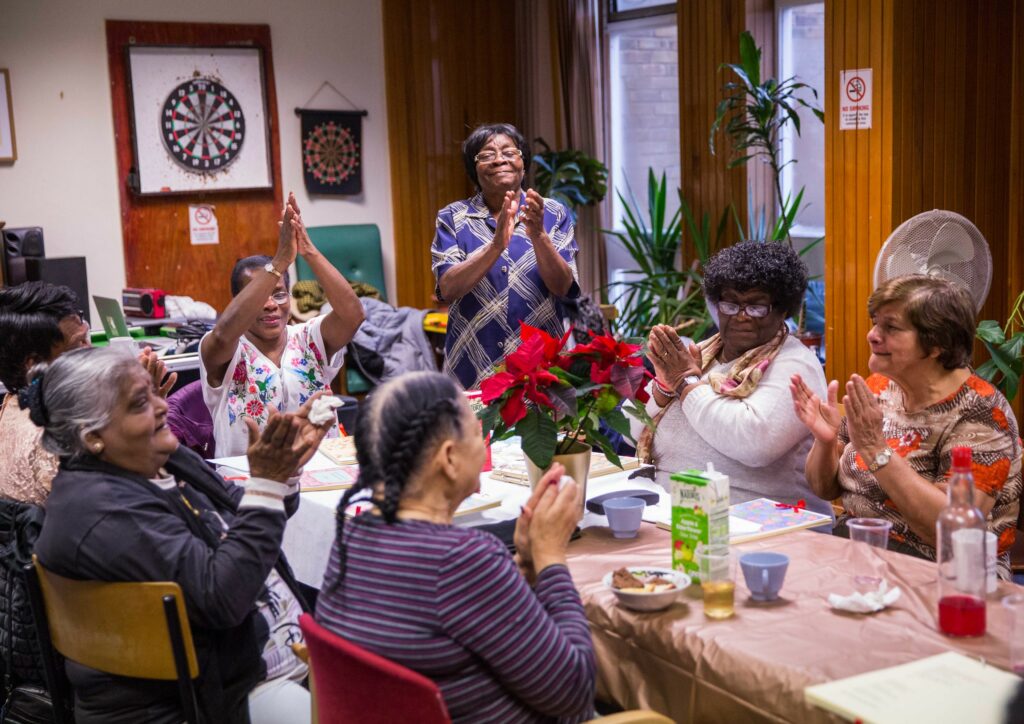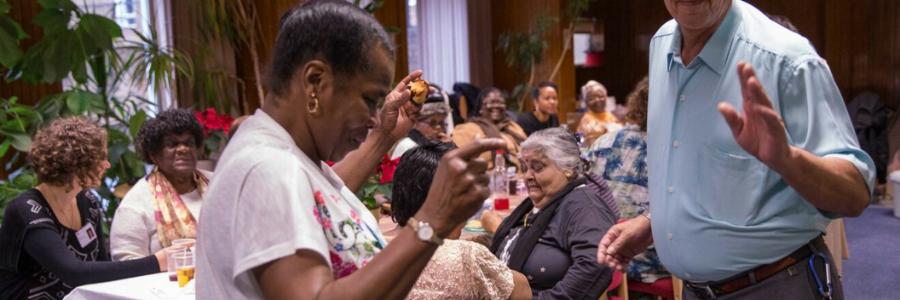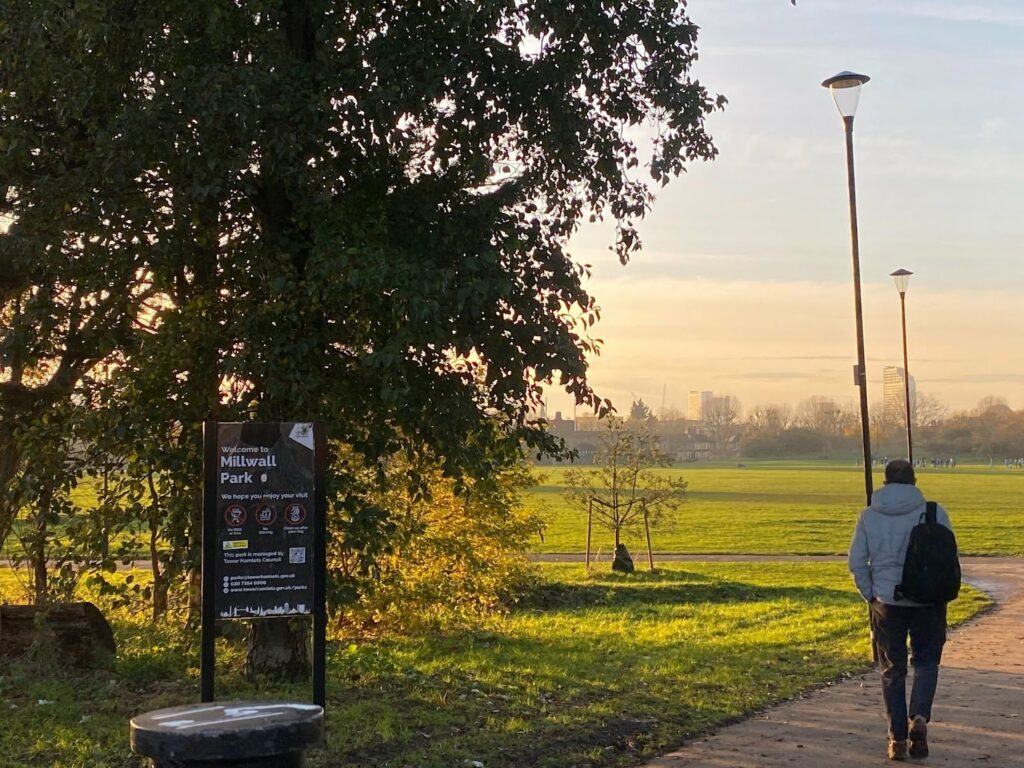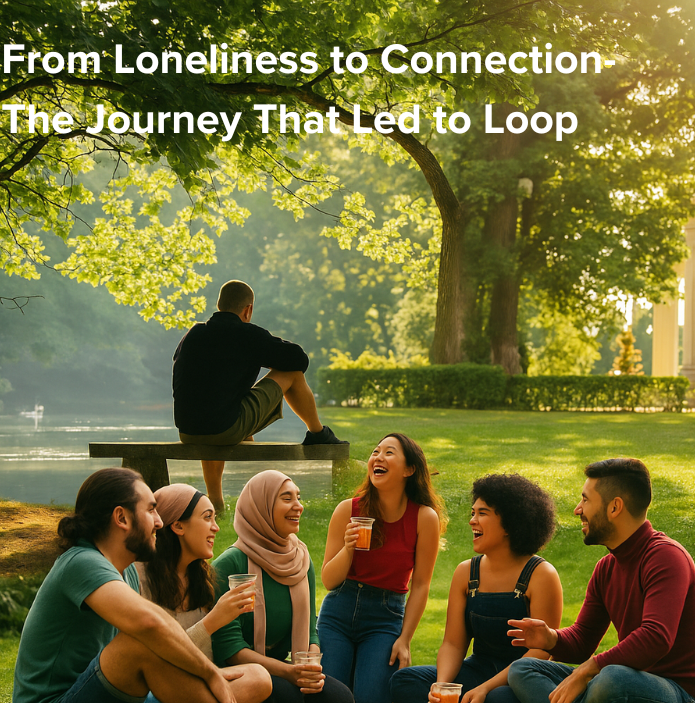The role of arts and culture in helping to reduce loneliness

Sir Nicholas Serota, Chair of Arts Council England, discusses the role that creativity and culture can play in helping to reduce loneliness.

It is almost exactly two years since the first cases of Covid-19 were identified. Since those early reports of a new disease, the pandemic has had an impact on almost every aspect of our lives – including our very language. The word self- isolation was added to the Oxford English Dictionary just a few weeks after the first lockdown. Over the past two years that sense of isolation, of being alone or experiencing loneliness, has been felt more sharply by many.
Loneliness is not a social challenge created by the pandemic and engagement in culture and creativity has long been seen as a way of helping those who feel lonely. Increasingly research, including some we have recently commissioned, shows that whether you visit a museum or library, see or take part in a performance, read a novel or write poetry, listen to or play music, creative and cultural activities can help to reduce feelings of isolation.
The Arts Council has for a long time championed the part creativity and culture can play in improving well-being and in strengthening the social ties between us all. It forms part of our ten-year strategy Let’s Create and is shown in the range and variety of projects across the country that tackle loneliness, many of which we support. These include the long established as well as those that have been created, or were rapidly adapted, to respond to the challenge of the pandemic.
The award-winning Meet Me is one such example. The partnership between The Albany arts centre in Deptford, Entelechy Arts, and the London Borough of Lewisham arose from the question: “What if isolated and lonely older people had the opportunity to go to an arts centre instead of a day centre?” Its acclaimed programme includes choirs, writing groups and making clubs, among many other activities, all proving that creativity can make a real difference in improving lives.
One way they adapted to the coronavirus restrictions was to create a new project – Meet Me on the Radio. This involved members of their Meet Me groups sharing stories, activities and conversations during a two-hour programme broadcast on the local community radio station. Towards the beginning of the first lockdown they also created their Clusters which involve group phone calls allowing participants to continue to meet, create and socialise. Those groups are still being run now.
Phone calls were also the medium in the Creative Conversations project in Wiltshire which saw artists and volunteers contact those who were socially isolated in the county. In doing so, it combined a mix of much needed support for those who were contacted while also encouraging them to explore their creativity.
During the pandemic it is not just the elderly who are experiencing isolation. New parents and babies were the focus of a project run by Theatre Hullabaloo based in Darlington. In normal times the company stages and tours theatre productions aimed at children right through from their early years to their teens. Unable to tour they turned their hand to creating the Hullabaloo Baby Packs which included a mix of creative toys, props and a playbook with ideas of how to use creative play with a new-born.
That many people from a wide range of backgrounds can feel isolation and loneliness was also the focus for the Creative Scene project One Fine Day in Kirklees in West Yorkshire. It saw 350 people expressing their creativity in a variety of ways from textile making and playing music, to writing short stories and producing street art. People told their stories of the first year of the pandemic and looked forward to “one fine day” when they would all meet again.
A traditional meeting point in many places is the local library, and so it is perhaps unsurprising that libraries are often at the centre of work to tackle isolation and loneliness in the communities they serve. Suffolk Libraries is the only library service in the country with a dedicated health and well-being service and it has helped those who feel lonely to connect with others and meet new people. Many other libraries across the country are part of the Reading Friends programme run by the Reading Agency. Through one-to one phone calls and in-person or virtual book groups it helps those feeling lonely by bringing them together to read, chat and share stories. Norfolk County Council libraries relies on yarns of a different kind, but with a similar aim, through its Knit and Natter on Zoom.
That creative and cultural spaces and organisations can help to tackle loneliness is evident from the projects I have mentioned. There are many, many other examples which I could name, notably those associated with the growing use of prescribing such activities to help improve well-being. The remedy for feelings of isolation and loneliness that too many suffer can lie in the shared experiences that creativity and culture have always provided for our communities





Responses